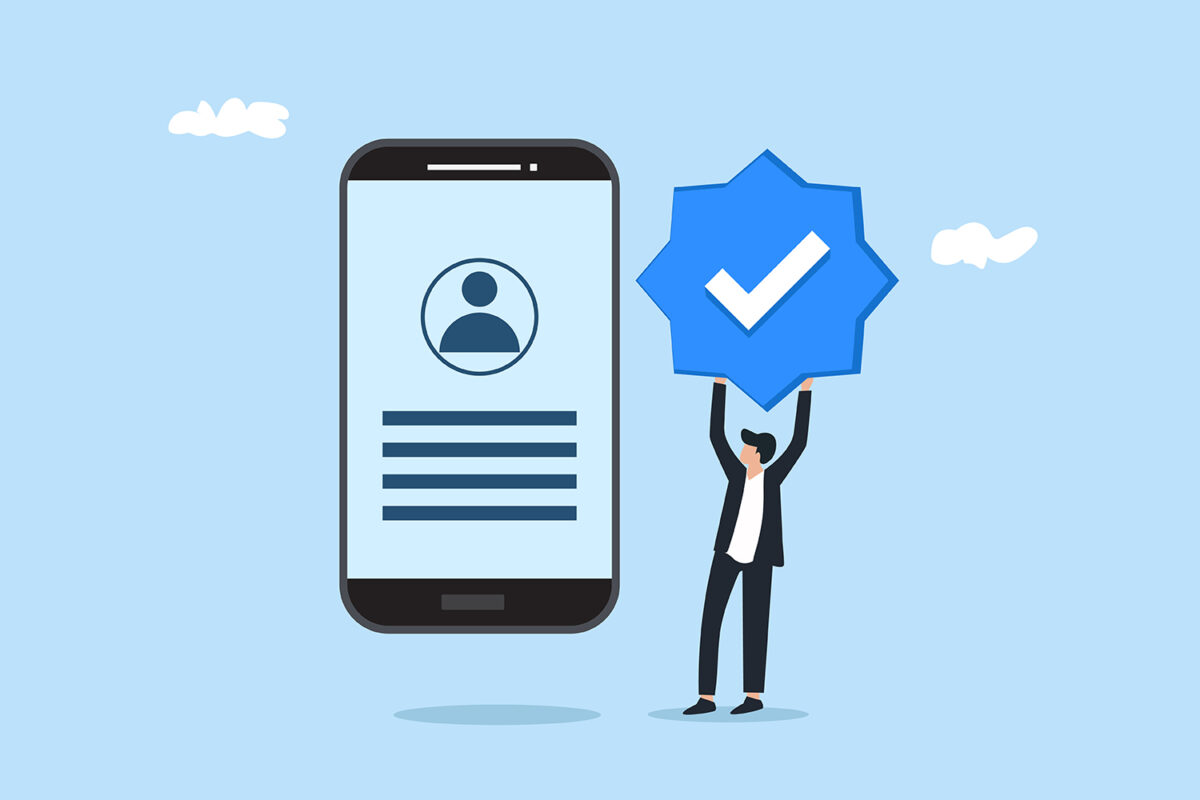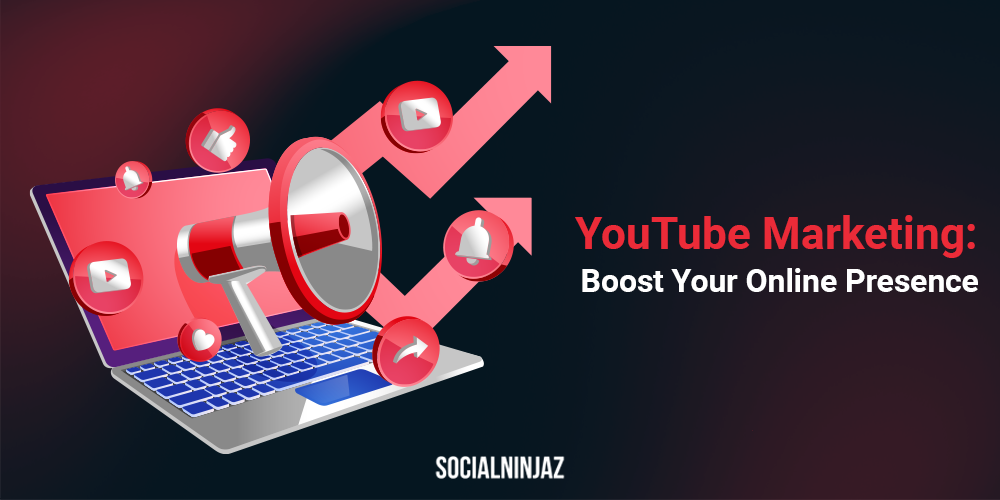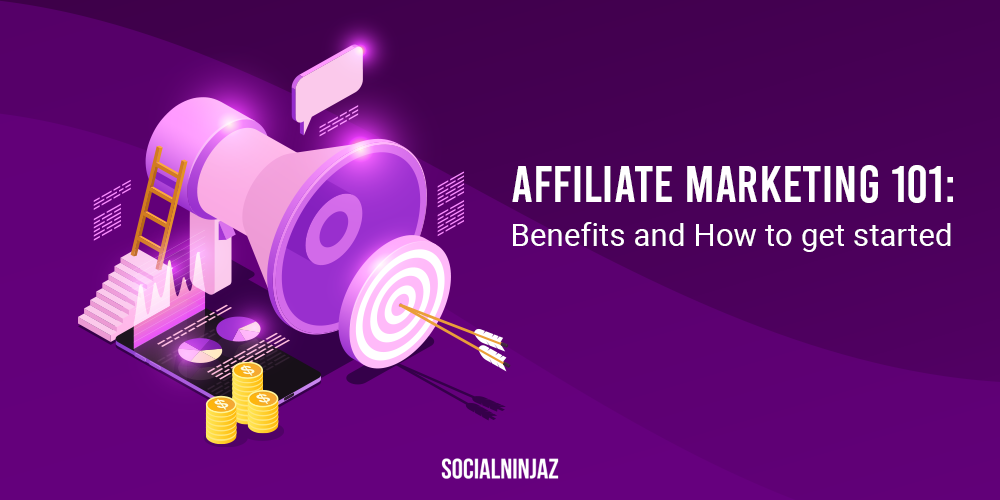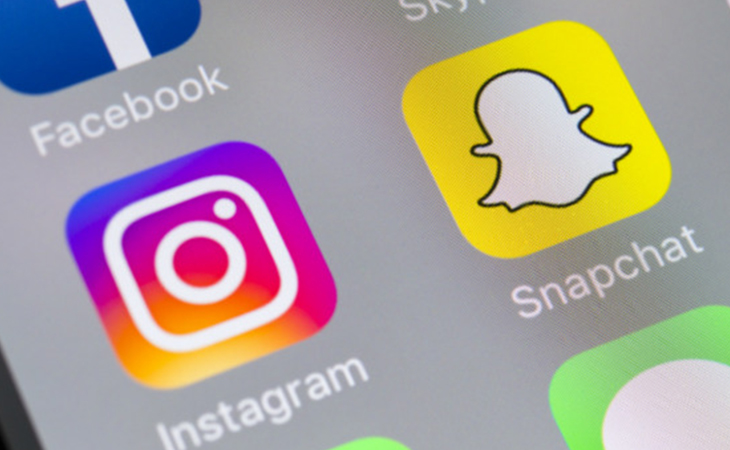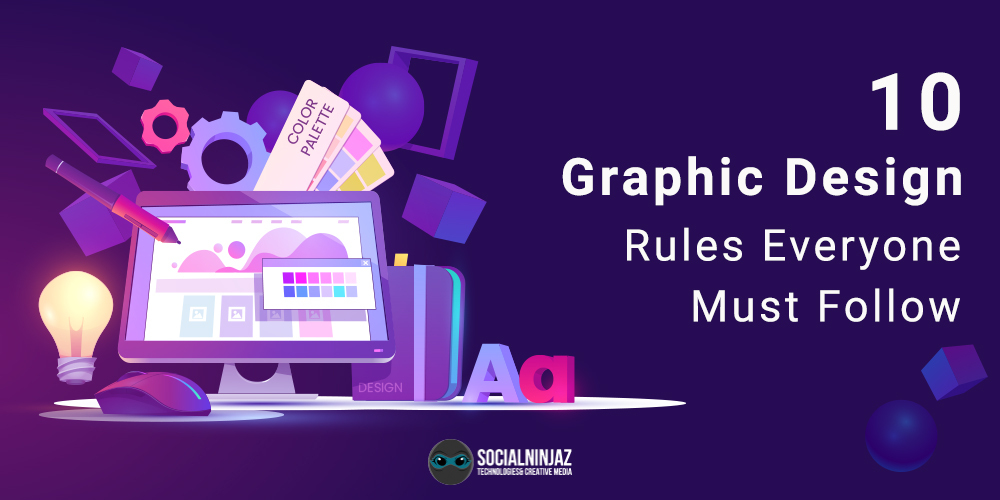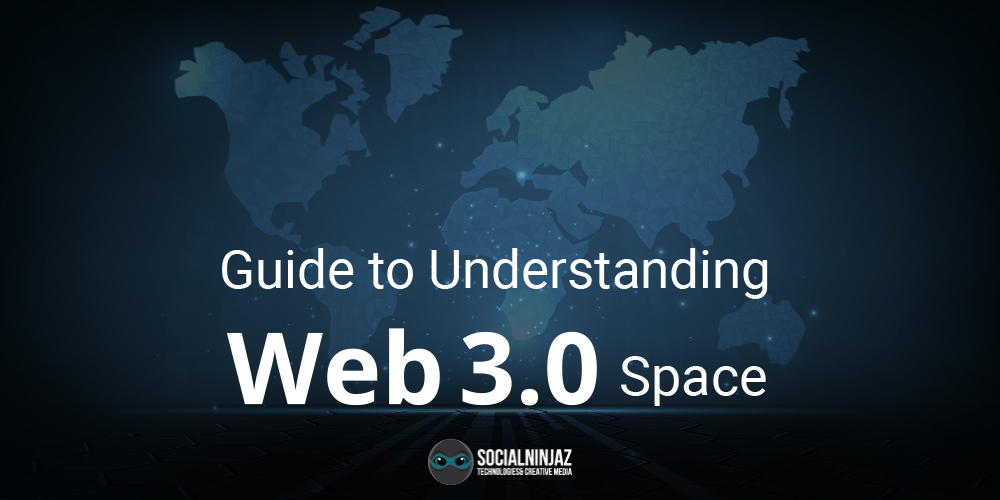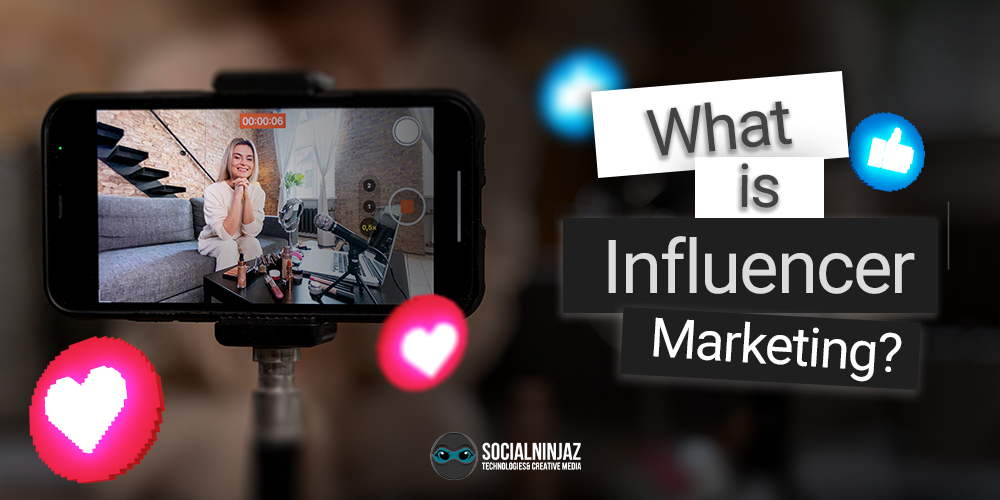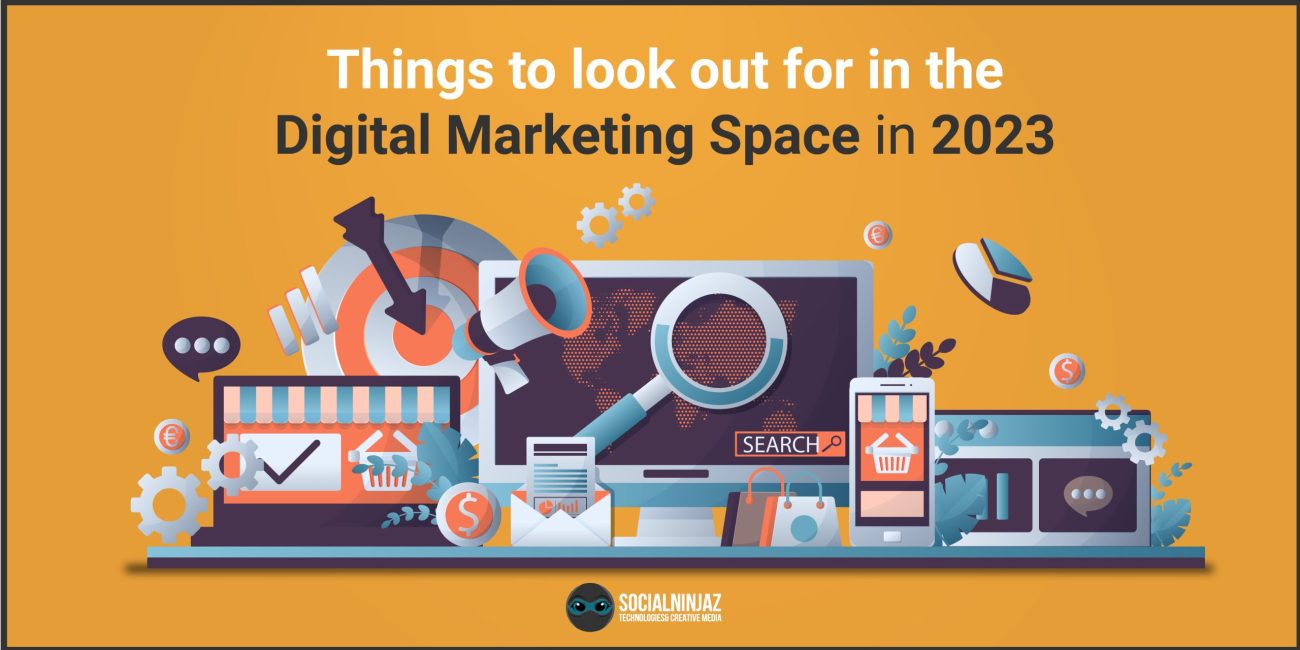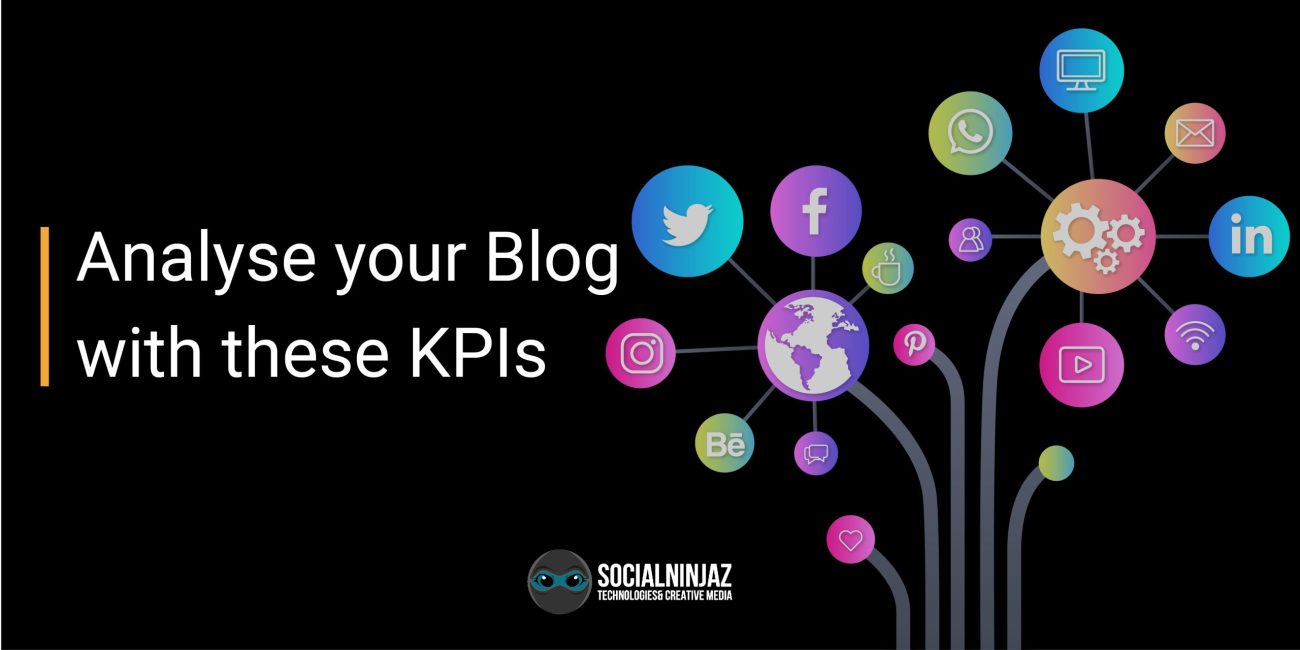Blog
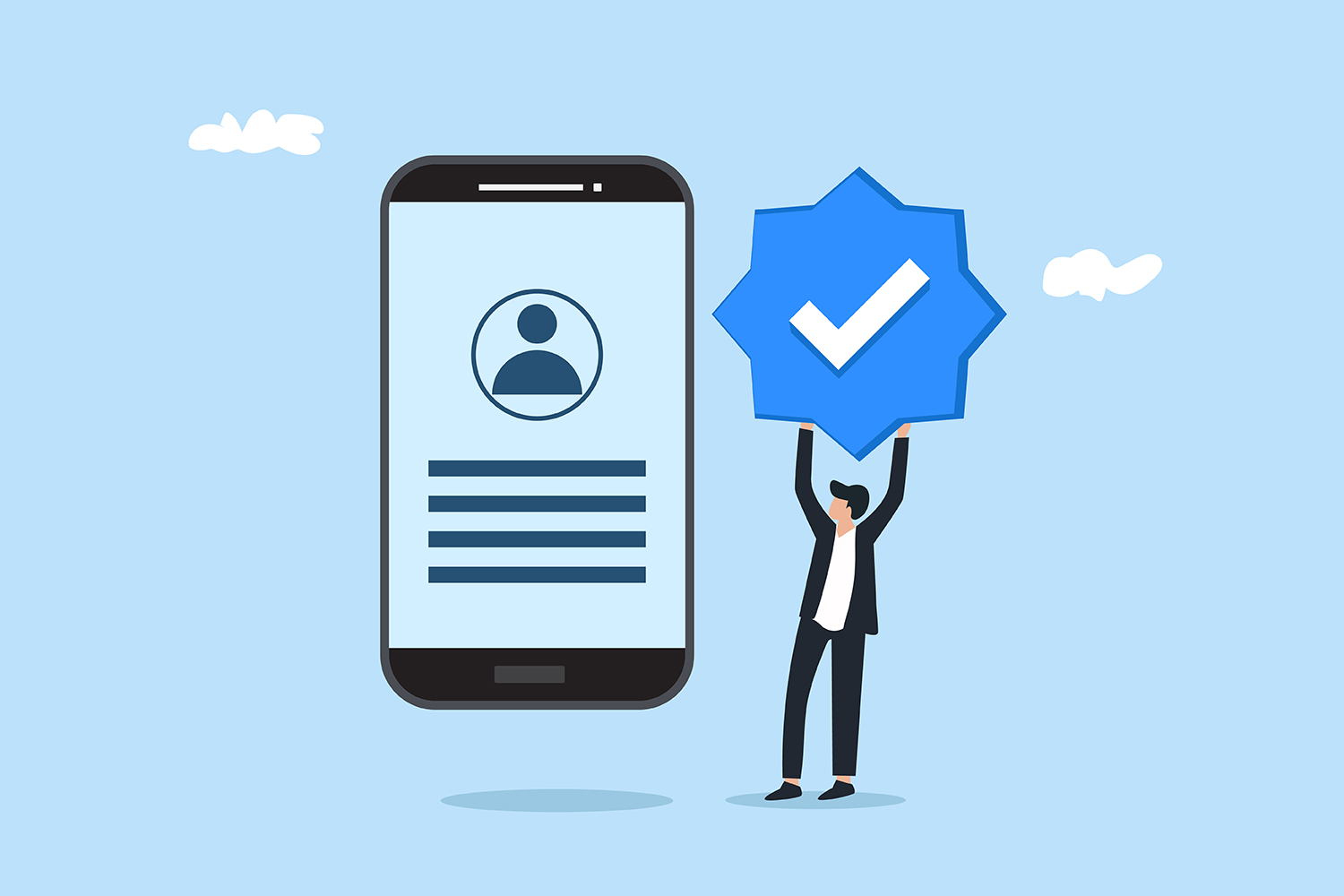
What’s the Fuss about Twitter Verification
Twitter verification has been a topic of discussion among social media enthusiasts for quite some time. The blue checkmark next to a username is considered a symbol of authenticity, prestige, and influence. However, the process of obtaining a verified account is not straightforward, leading to frustration and confusion among Twitter users. In this blog, we will explore the significance of Twitter verification, the benefits of having a verified account, and the challenges associated with the verification process.
Table of Contents
ToggleFirstly, what is Twitter Verification?
Twitter verification is the process of authenticating the identity of a user and adding a blue checkmark next to their name. This blue checkmark is intended to signify that the account is authentic. Twitter verification was introduced in 2009, primarily to prevent impersonation and misinformation. Initially, Twitter only verified accounts of public figures and celebrities, but over time, the platform has extended verification to include other categories of users, such as journalists, activists, and businesses.
What are the benefits of having a verified account?
Having a verified Twitter account has several benefits, which include
- Enhanced credibility
A verified account adds legitimacy and credibility to a user’s profile. It assures other users that the account belongs to the person or entity it claims to be.
- Improved visibility
They are more likely to appear in Twitter search results and recommendations, leading to increased visibility.
- Increased engagement
Compared to unverified accounts, verified accounts are likely to attract followers and receive higher engagement rates.
- Protection against impersonation
Verification protects users from impersonation and identity theft. A verified account assures other users that the information shared is from a genuine source.
- Access to new features
Twitter is constantly introducing new features that are only available to verified accounts. For example, verified accounts can filter their notifications to receive only mentions from other verified accounts.
Why is Twitter Verification Challenging?
Despite the benefits of having a verified account, acquiring one is not an easy task. The following are some of the challenges associated with getting verified on Twitter:
Subjective:
The criteria for verifying a Twitter account are not clear-cut, making the process subjective. Twitter’s verification guidelines indicate that the platform verifies accounts that are active, complete, and public, but it does not provide specific thresholds for follower counts or engagement rates.
Not transparent:
Twitter does not provide feedback to users who apply for verification but are unsuccessful. This lack of transparency can be frustrating for users who do not understand why their account did not meet the verification criteria.
Limited:
Twitter limits the verification process to certain categories of users, which excludes many legitimate users who do not fall into those categories. For example, small business owners or independent artists may not qualify for verification despite having a significant following.
Short term:
Twitter reserves the right to revoke a verified account’s status if it violates the platform’s terms of service. This lack of permanence can be frustrating for users who have invested time and effort into building their following and establishing their credibility.
What’s the fuss about Twitter Verification?
The fuss about Twitter verification stems from the challenges associated with obtaining a verified account. Twitter suspended its verification function in 2017 as it figured out how to enhance it. In 2021, they made it possible for anyone, regardless of follower count, to get verified. In late 2022, after Elon Musk purchased the social network, the corporation completely overhauled its authentication process. Anybody using Twitter Blue, the company’s membership service can now be verified using their phone number. This new application had some difficulties in its early days, with some users impersonating public officials and other influential people on social media.
Yet, Twitter appears to have worked out some of the issues with impersonation and false accounts; and the public is now aware that the verification badge may be connected with any account, not just prominent ones. Thus, the check mark’s perception has shifted.
In 2023, Twitter discontinued verification for users who were confirmed using Twitter’s historical verification scheme; only Twitter Blue accounts will be verified in the future.
admin
Don’t forget to share this post
Similar posts
Why Hiring a WordPress Website Designer Is a Smart Move for Your Business
How Startups Can Leverage Branding Through Social Media for Faster Recognition
How a Web Development Agency Drives SEO, UX, and Long-Term ROI
Building Website for Business vs Relying on Social Media: What Works Best
Marketing Your Business on Social Media – Strategies That Actually Work in 2025
Why You Should Hire a Website Development Agency to Scale Your Business in 2025
Why Your Brand Needs Professional Website Development Services Today
How Web Development Services Empower Brands to Lead in the Digital Age
Why Your Brand Needs a Human-Centric Social Media Marketing Agency
How Does SEO-Friendly Website Design Boost Traffic?
Digital Marketing Using Social Media: What Google’s Latest Update Means for Your Brand in 2025
Why Website Design and Development Services Drive Business Growth
Mastering Social Media Branding: What 2025’s Boldest Indian Brands Are Doing Differently
Why Website Development Services Are Essential for Small Business Growth
Why Hiring a Website Development Agency Is the Smartest Move for Your Business
Janta Sab Jaanti Hai… Par Bhushan Behtar Bechta Hai!!!
What’s the Fuss about Twitter Verification
ChatGPT: The Latest Threat to Human Employment
Difference between a Website and Web Application
Unmasking the Dark Side of SEO: Balancing the Risks and Rewards of Black Hat SEO vs White Hat SEO
Most Suitable Ads for my Business: Search Ads VS Display Ads
Top SEO Websites in the World
How to Get Instagram Verification Blue Tick???
Introduction to Proximity Marketing
YouTube Marketing: Boost Your Online Presence
Off-Page SEO: A Comprehensive Guide
Yoast SEO VS Rank Math SEO
Why Content is King in Modern On-Page SEO
Remarketing 101
Shopify VS WordPress: Which one is more suitable for your business?
Affiliate Marketing 101: Benefits and How to get started
Instagram Stories vs Snapchat Stories
A journey from 0 to 1000 Instagram followers in 10 days
10 Graphic Design Rules Everyone Must Follow
5 Artificial Intelligence Websites for Higher Productivity
Guide to Understanding Web 3.0 Space
What is Influencer Marketing?
Top 20 Performance Marketing Terms You Must Know
Things to look out for in the Digital Marketing Space in 2023
Mastering the Art of Snapchat Marketing
Unlock the power of Search Engine Optimization
Analyse your blog with these KPIs
The Most Innovative and Memorable Social Media Campaigns of the past two decades



